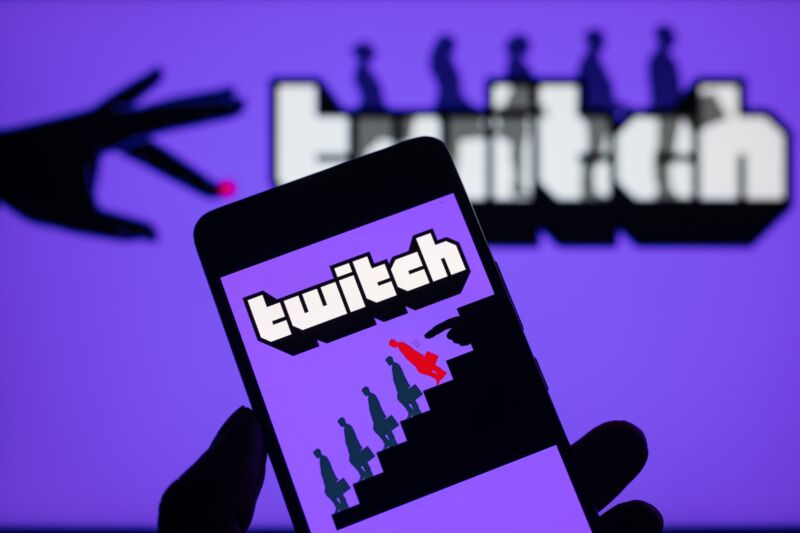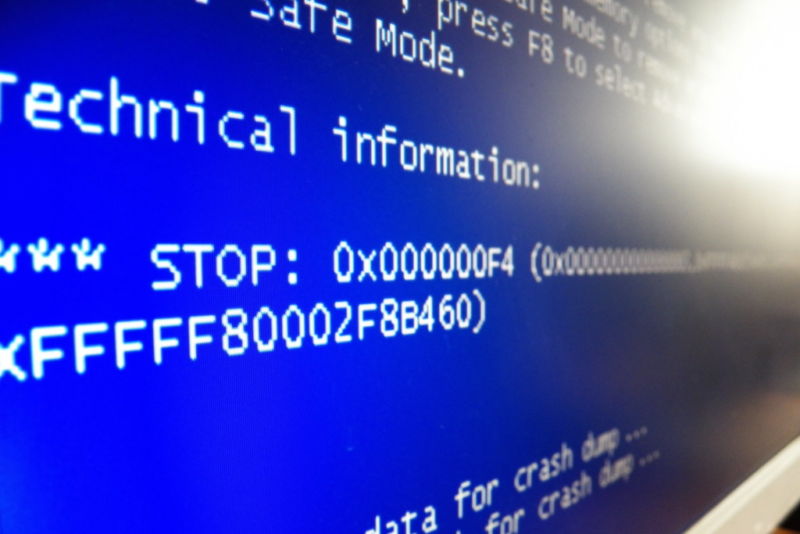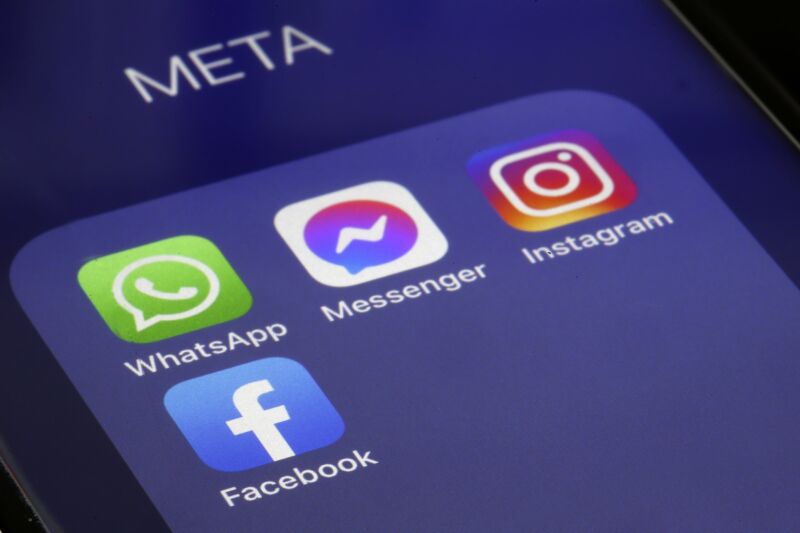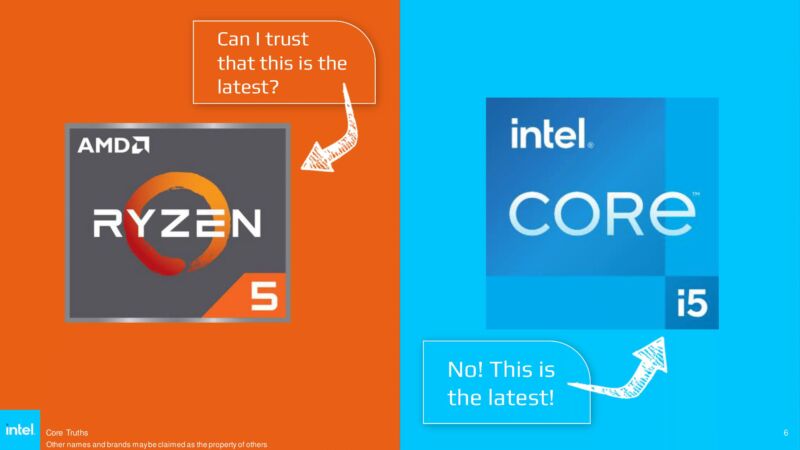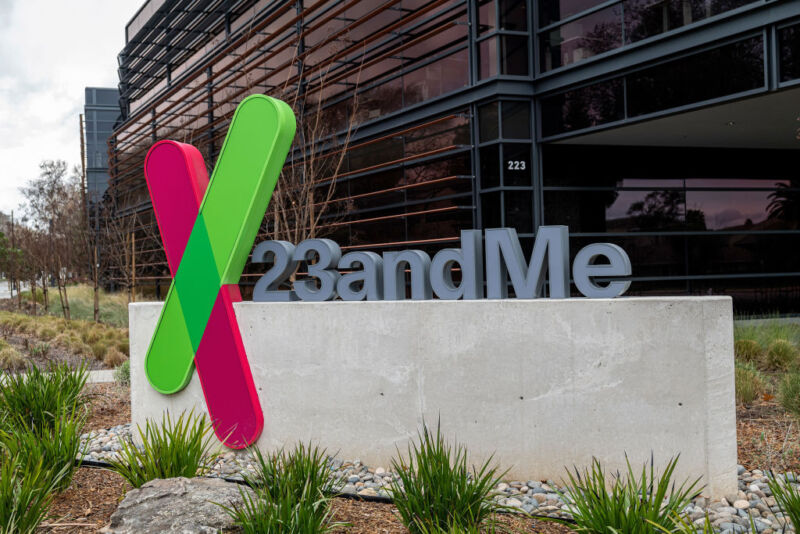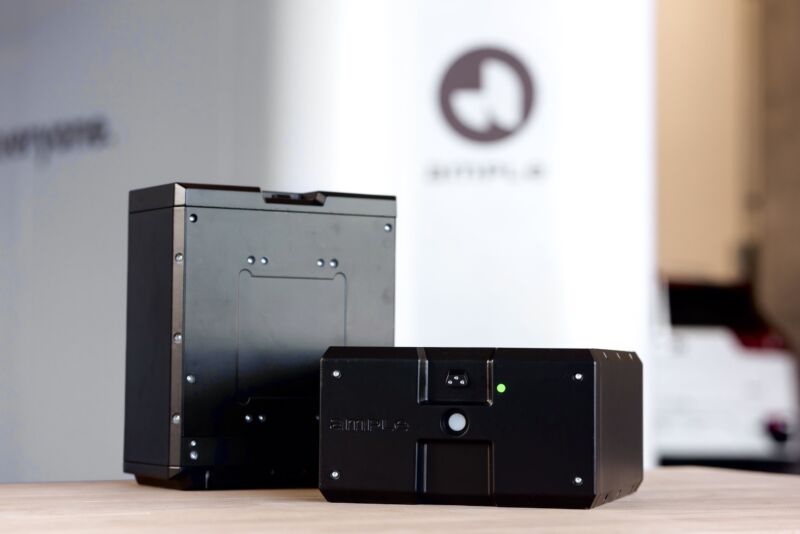
Enlarge / This is what Ample’s battery modules look like. (credit: Ample)
A small fleet of rideshare Fiat 500e electric vehicles will become testbeds for battery-swap technology in 2024. The experiment is being conducted by Ample, a startup working on battery swaps, and Stellantis, Fiat’s parent company, the Verge reported today.
This isn’t Ample’s first test of its battery-swapping technology; in 2021 it started a small trial in the Bay Area to demo its modular battery, which replaces the existing traction battery in an EV and allows Ample’s automated swap stations to switch out depleted packs for charged ones. But the fact that this deal was made with an OEM like Stellantis is still significant.
As we detailed last time we looked at Ample’s technology, the EVs require some engineering work for this to all be possible. Ample has to design a structural frame to replace the existing battery pack that will instead contain the swappable modules, while still conforming to the engineering requirements of the original pack—down to the same fasteners, bolts, and connectors.
Read 2 remaining paragraphs | Comments
Source: Ars Technica – EV battery swaps will be tested with the Fiat 500e in 2024


